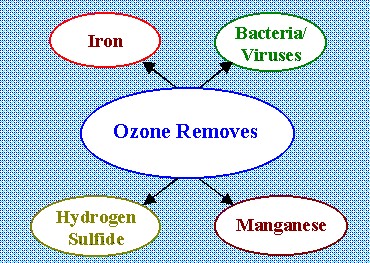-
9809555561
-
zeolitewt@gmail.com
Water purification is the process of removing undesirable chemicals, biological contaminants, suspended solids, and gases from water. The goal is to produce water fit for specific purposes. Most water is purified and disinfected for human consumption (drinking water), but water purification may also be carried out for a variety of other purposes, including medical, pharmacological, chemical, and industrial applications. The methods used include physical processes such as filtration, sedimentation, and distillation; biological processes such as slow sand filters or biologically active carbon; chemical processes such as flocculation and chlorination; and the use of electromagnetic radiation such as ultraviolet light.
Water purification may reduce the concentration of particulate matter including suspended particles, parasites, bacteria, algae, viruses, and fungi as well as reduce the concentration of a range of dissolved and particulate matter.
The standards for drinking water quality are typically set by governments or by international standards. These standards usually include minimum and maximum concentrations of contaminants, depending on the intended use of the water.
Visual inspection cannot determine if water is of appropriate quality. Simple procedures such as boiling or the use of a household activated carbon filter are not sufficient for treating all possible contaminants that may be present in water from an unknown source. Even natural spring water – considered safe for all practical must now be tested before determining what kind of treatment is needed, if any. Chemical and microbiological analysis, while expensive, are the only way to obtain the information necessary for deciding on the appropriate method of purification.
Reverse osmosis is a common process to purify or desalinate contaminated water by forcing water through a membrane. Water produced by reverse osmosis may be used for a variety of purposes, including desalination, wastewater treatment, concentration of contaminants, and the reclamation of dissolved minerals. The process also results in an amount of salty briny waste. The challenge for these plants is to find ways to reduce energy consumption, use sustainable energy sources, improve the process of desalination and to innovate in the area of waste management to deal with the waste. Self-contained water treatment plants using reverse osmosis, called reverse osmosis water purification units.
Ozone has a greater disinfection effectiveness against bacteria and viruses compared to chlorination. In addition, the oxidizing properties can also reduce the concentration of iron, manganese, sulfur and reduce or eliminate taste and odor problems. Ozone oxides the iron, manganese, and sulfur in the water to form insoluble metal oxides or elemental sulfur.

These insoluble particles are then removed by post-filtration. Organic particles and chemicals will be eliminated through either coagulation or chemical oxidation. Ozone is unstable, and it will degrade over a time frame ranging from a few seconds to 30 minutes. The rate of degradation is a function of water chemistry, pH and water temperature.
UV Disinfection System is an extremely effective way to combat microbial contamination in water. However, microbes have to be exposed to UV-C light in the proper amount in order to effectively disinfect the water. UV Disinfection Systems are used in many different applications ranging from the purification of drinking water in individual homes to disinfecting water supply of entire townships to industrial wastewater treatment. UV treatment for water is recognized as a safer and more cost-effective way to disinfect water for industrial applications